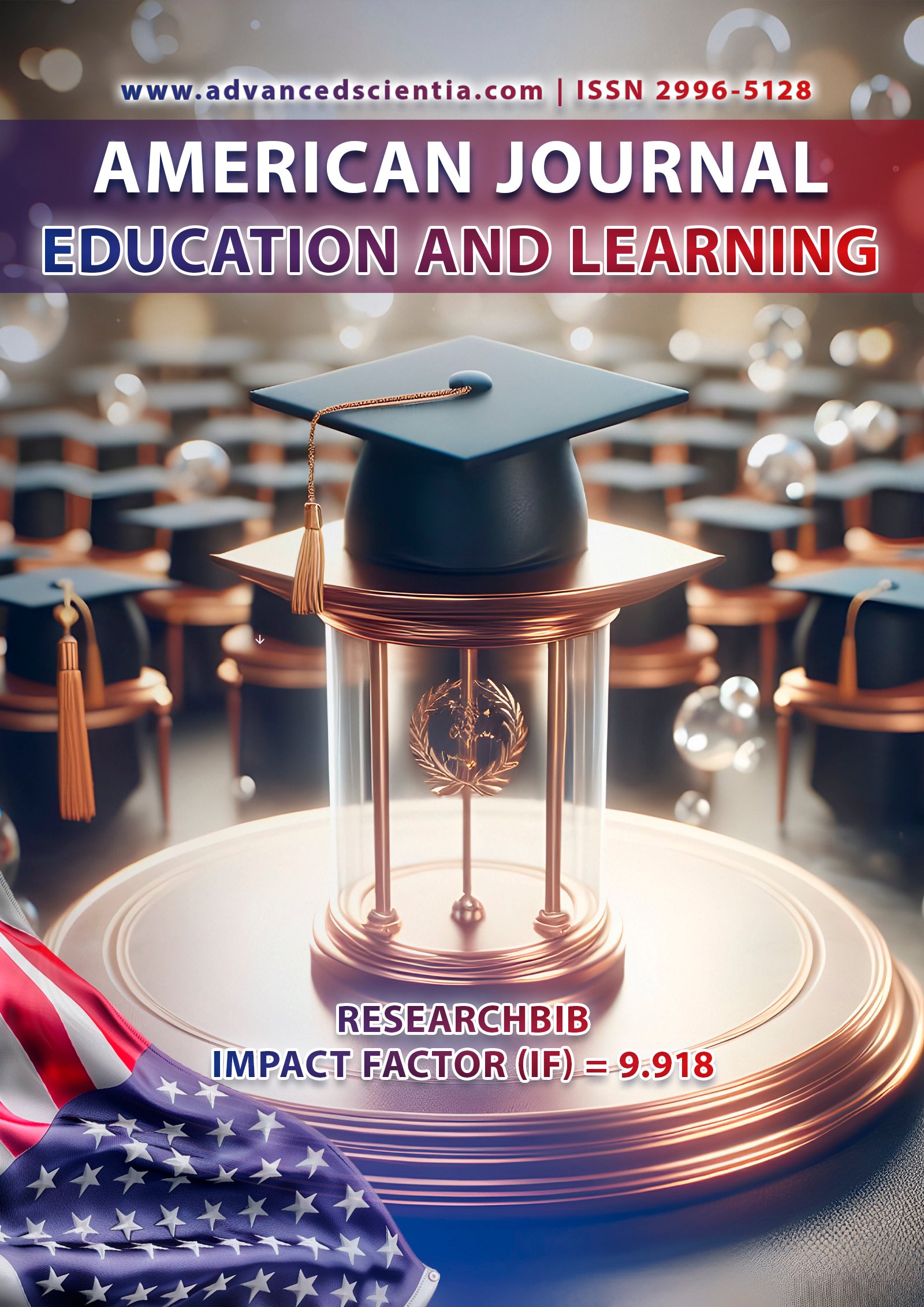COGNITIVE ANALYSIS OF CLOTHING LEXICAL UNITS IN ENGLISH AND UZBEK
Abstract
Language serves not only as a tool for communication but also as a reflection of cognitive and cultural patterns. This research explores the cognitive dimensions of clothing-related vocabulary in English and Uzbek, focusing on how lexical units encapsulate cultural values, social roles, and conceptual metaphors. Using a cognitive linguistic framework, including Conceptual Metaphor Theory, Frame Semantics, and Prototype Theory, the study analyzes clothing lexicon to uncover patterns of categorization, metaphorical usage, and cultural framing. Through a comparative analysis of dictionary entries, corpora, literature, and media, the findings reveal both universal and culture-specific conceptualizations of clothing. While English demonstrates lexical diversity and metaphorical richness shaped by industrial and fashion influences, Uzbek retains traditional expressions rooted in cultural symbolism and climate-driven needs. This study contributes to a broader understanding of the interplay between language, cognition, and culture, highlighting how everyday vocabulary encodes deeper conceptual and societal models.
References
1. Baker, P. (2006). Using Corpora in Discourse Analysis. Continuum, pp. 47–49.
2. Barcelona, A. (2000). Metaphor and Metonymy at the Crossroads. Mouton de Gruyter, pp. 31–35.
3. Cruse, D. A. (2000). Meaning in Language: An Introduction to Semantics and Pragmatics. Oxford University Press, pp. 129–135.
4. Croft, W., & Cruse, D. A. (2004). Cognitive Linguistics. Cambridge University Press.
5. Crystal, D. (2003). English as a Global Language (2nd ed.). Cambridge University Press, pp. 164–167.
6. Evans, V., & Green, M. (2006). Cognitive Linguistics: An Introduction. Edinburgh University Press, pp. 158–163.
7. Fairclough, N. (1995). Media Discourse. Edward Arnold, pp. 60–63.
8. Fillmore, C. J. (1982). Frame Semantics. In Linguistics in the Morning Calm. Hanshin, pp. 111–137.
9. Holland, D., & Quinn, N. (Eds.). (1987). Cultural Models in Language and Thought. Cambridge University Press.
10. Johnson, M. (1987). The Body in the Mind: The Bodily Basis of Meaning, Imagination, and Reason. University of Chicago Press.
11. Kövecses, Z. (2002). Metaphor: A Practical Introduction. Oxford University Press, pp. 95–97.
12. Kövecses, Z. (2005). Metaphor in Culture: Universality and Variation. Cambridge University Press, pp. 78–81.
13. Lakoff, G., & Johnson, M. (1980). Metaphors We Live By. University of Chicago Press, pp. 32–35.
14. Rosch, E. (1978). Principles of Categorization. In E. Rosch & B. B. Lloyd (Eds.), Cognition and Categorization (pp. 27–48). Lawrence Erlbaum.
15. Sharifian, F. (2011). Cultural Conceptualisations and Language: Theoretical Framework and Applications. John Benjamins.
16. Sharifian, F. (2017). Cultural Linguistics: Cultural Conceptualisations and Language. John Benjamins, pp. 144–147.
17. Taylor, J. R. (2003). Linguistic Categorization (3rd ed.). Oxford University Press, pp. 55–58.
18. Urinboyev, R. (2020). Uzbek Cultural Identity and Tradition. Tashkent University Press
19. .Rakhmatova, M. M. (2018). Reflection of aesthetic values in the language: Uzbek “Gozal” and English “Beautiful”. Impact: International journal of research in Humanities, Arts, and Literature, 6(6),https://scholar.google.com/scholar?oi=bibs&hl=en&q=related:O2oRPSTzCSUJ:scholar.google.com/#d=gs_qabs&t=1744124420106&u=%23p%3DO2oRPSTzCSUJ
20. Rakhmatova, M. (2016). Discussion on values, culture, and languages. In International Scientific and Practical Conference World science (Vol. 2, No. 11, pp. 40-42). ROST.https://scholar.google.com/scholar?oi=bibs&hl=en&q=related:O2oRPSTzCSUJ:scholar.google.com/#d=gs_qabs&t=1744124552791&u=%23p%3DwrtFAmfQX4gJ
21. Musinovna, R. M. (2023). Developing culture, language and literature through international literature. In Integration Conference on Integration of Pragmalinguistics, Functional Translation Studies and Language Teaching Processes (pp. 82-84).
Latibjonovna, B. G. (2023). Ethics of the Relationship between the Medical Professional and the Patient System.
Latibjonovna, B. G. (2022). ТИББИЙ ХОДИМЛАРНИНГ ТИББИЙ НУТҚ МАЛАКАСИ ТАВСИФИ. International Journal of Philosophical Studies and Social Sciences, 124-129.
Babayeva, G. L. (2022). KEKSA VA KEKSA YOSHDAGI BEMORLAR BILAN SUHBATLASHISH CHORALARI VA SUHBATNING XUSUSIYATLARI. Oriental renaissance: Innovative, educational, natural and social sciences, 2(1), 560-567.
Boboyeva, G. L., Rustamova, G., & Kozimov, R. S. (2020). Stylistic Classification of the English Vocabulary.






















